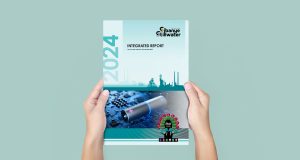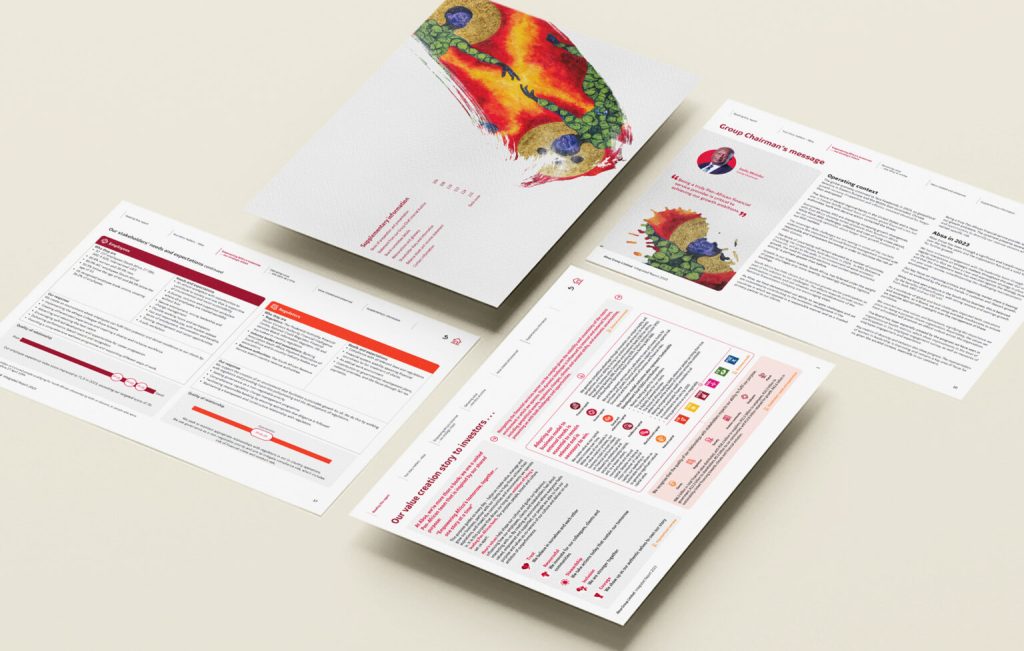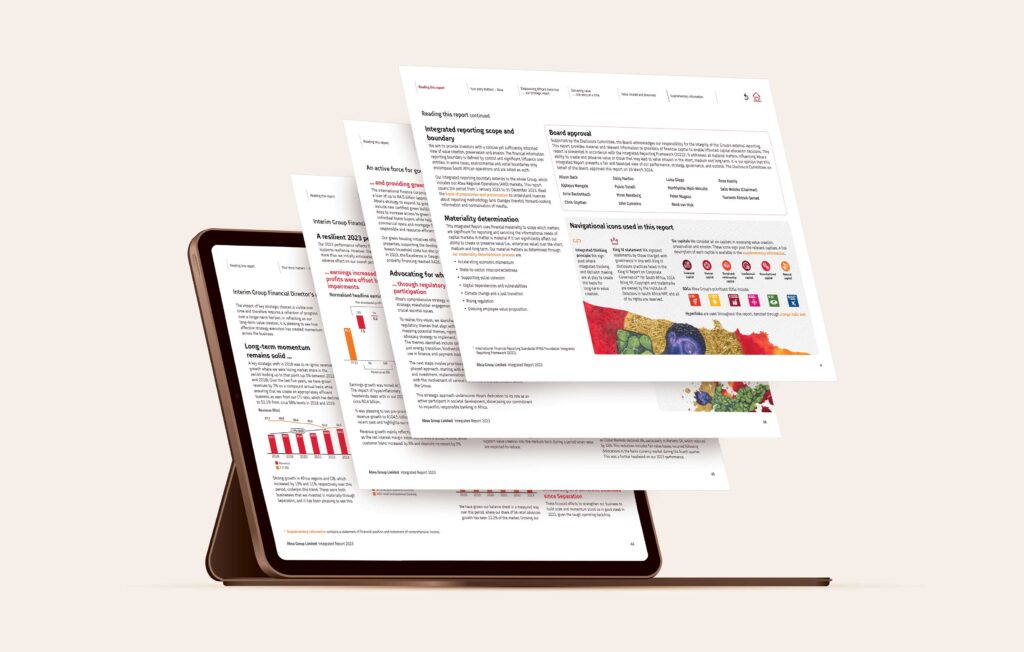As reporting expectations grow, many companies are asking the same question: Should we publish a separate Sustainability Report, or have one consolidated Integrated Report?
➡️ The truth is there is no one-size-fits-all answer. It depends entirely on your company’s context, reporting objectives and audience.
Increasingly, we are seeing companies separate their sustainability narratives and data into standalone Sustainability Reports, and in some cases, even across multiple separate reports. Yet, many organisations still choose to house their sustainability disclosures within a single Integrated Report.
*️⃣ Each approach to reporting has its benefits and trade-offs.
- Standalone Sustainability Reports allow for greater depth, flexibility and alignment with global sustainability reporting frameworks.
- On the other hand, consolidating everything within one Integrated Report can ensure sustainability is integrated into the value creation narrative, offering a concise and holistic overview of both financial and non-financial disclosures.
Different stakeholders have different information needs, and therefore understanding your target audience is critical in shaping how you report.
Integrated Reports are typically written from a financial materiality lens, and are primarily aimed at providers of financial capital, particularly long-term investors who are looking for a clear link between strategy, performance, risk and sustainability.
Sustainability reports tend to be written from an impact or double materiality lens and cater to a broader range of stakeholders including ESG investors, analysts, rating agencies and regulators who may expect more detailed disclosures aligned to specific frameworks.
Ultimately, aligning your reporting approach with your intended audience and their expectations is key to determining the structure and level of detail in your reporting.
The value of one Integrated Report
Housing all your company’s information in one consolidated Integrated Report provides a concise and holistic view of your value creation narrative across both financial and non-financial disclosures, which aligns well with the International Integrated Reporting <IR> Framework. This approach can ensure that sustainability is embedded into the value creation narrative and if clear links are made between ESG considerations and business strategy, governance, risk and performance.
Keeping all information within the Integrated Report offers several benefits:
- Ensures sustainability is integrated into the value creation narrative, reflecting the practice of integrated thinking.
- Suitable for companies who are in the early stages of their sustainability journey, where ESG processes and disclosures are still developing.
- Suitable when sustainability data is less complex or less material to the business strategy.
- Avoids duplication and reporting fatigue.
- Preferred by investors who want a single, concise report that gives a clear picture of overall financial and non-financial performance.
- Supports decision-making by encouraging cross-functional collaboration and integrated thinking during the reporting process.
While this approach offers clear benefits, it might result in a longer report that risks losing focus if not well-structured. Clear prioritisation of key messaging and efficient cross-referencing between sections are key to maintaining clarity and avoiding repetition.
Some organisations disclose the entirety of their sustainability information within the Integrated Report itself. However, the International Integrated Reporting Council (IIRC) believes this is inconsistent with the International Integrated Reporting Framework (IIRF) and is impractical. It may not be best practice considering the increase in sustainability disclosure frameworks and it may be better to incorporate all related information in a standalone report. In South Africa, emerging best practice among large, listed companies is a standalone sustainability report.
When a separate Sustainability Report adds value
In some cases, a single Integrated Report may not provide sufficient space to fully address the complexity of material sustainability-related matters. A standalone Sustainability Report can complement the Integrated Report by offering greater detail, meeting global sustainability framework requirements, and addressing the specific needs of target audiences.
Some of the key benefits of a supplementary Sustainability Report include:
- Allows for more in-depth technical disclosure around sustainability- and climate-related data, methodologies and case studies.
- Well-suited to larger organisations with extensive sustainability data and reporting requirements.
- Aligns with global frameworks such as the Global Reporting Initiative (GRI) Standards, the International Financial Reporting Standards (IFRS)S1 and S2, and the JSE Sustainability and Climate Disclosure Guidance, which require the disclosure of granular information not necessarily suited to the Integrated Reporting format.
- Addresses the needs of specific stakeholder groups including ESG analysts and investors and rating agencies who are looking for more comprehensive non-financial disclosures.
When used alongside an Integrated Report, a Sustainability Report can strengthen your organisation’s disclosure against specific frameworks and ensure that both strategic and technical information are effectively communicated to key stakeholders.
The Octopus Model is a metaphor for how organisations can structure their reporting suite while ensuring strong connectivity between reports – like an octopus’ arms. In this model, the Integrated Report (the head) sits at the top as the central, coordinating document, while the supplementary reports (the arms) extend outwards, providing detailed and specialised disclosures. To ensure coherence and avoid duplication, it is important that these reports reference each other clearly, ensuring a seamless and connected reporting experience for readers.
Design benefits of a standalone Sustainability Report
From a design perspective, a separate Sustainability Report allows for more flexibility in how content is structured and presented. This can improve clarity, engagement and general usability for readers who are primarily interested in sustainability-related matters.
Key design-related benefits include:
- Splitting reports lets you design each with a clear focus, flow and hierarchy, allowing for easier navigation.
- Standalone reports reduce the risk of dense layouts and give breathing space for creative design and storytelling.
- Separate reports can be tailored for online use, with user-friendly navigation.
- Integrated Reports follow a strict framework, therefore having a separate Sustainability Report can be more flexible and more visual or even experimental in layout.
Choosing the right reporting structure
Ultimately, the decision of whether to publish one Integrated Report or a standalone Sustainability Report depends on your organisation’s maturity, audience needs and the complexity of your disclosures.
The best approach is one that aligns with your strategy, enhances clarity for your stakeholders, and strengthens your overall reporting quality, both in content and design.








 42 Wierda Road West,
42 Wierda Road West,




13 Comments
Comments are closed.